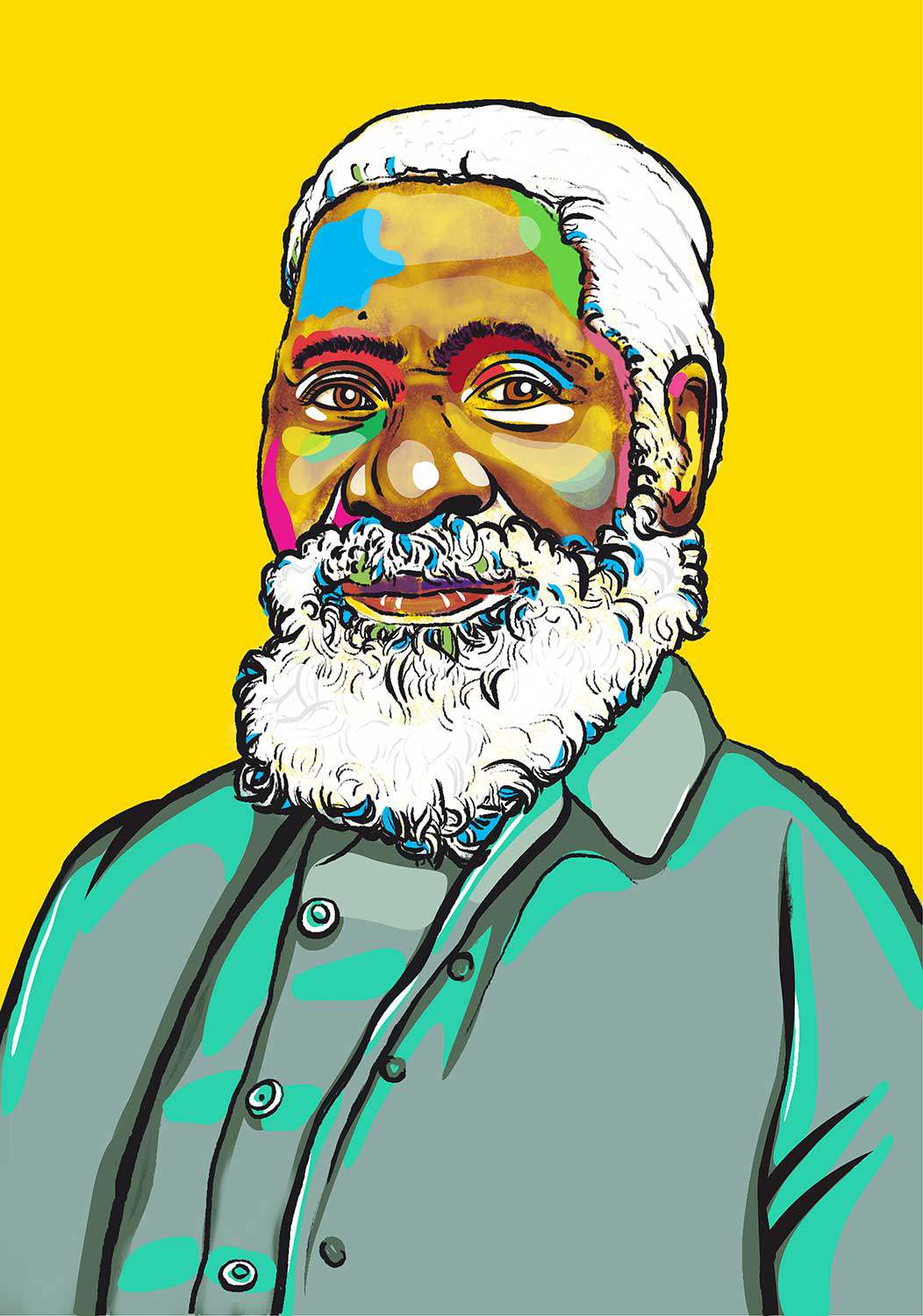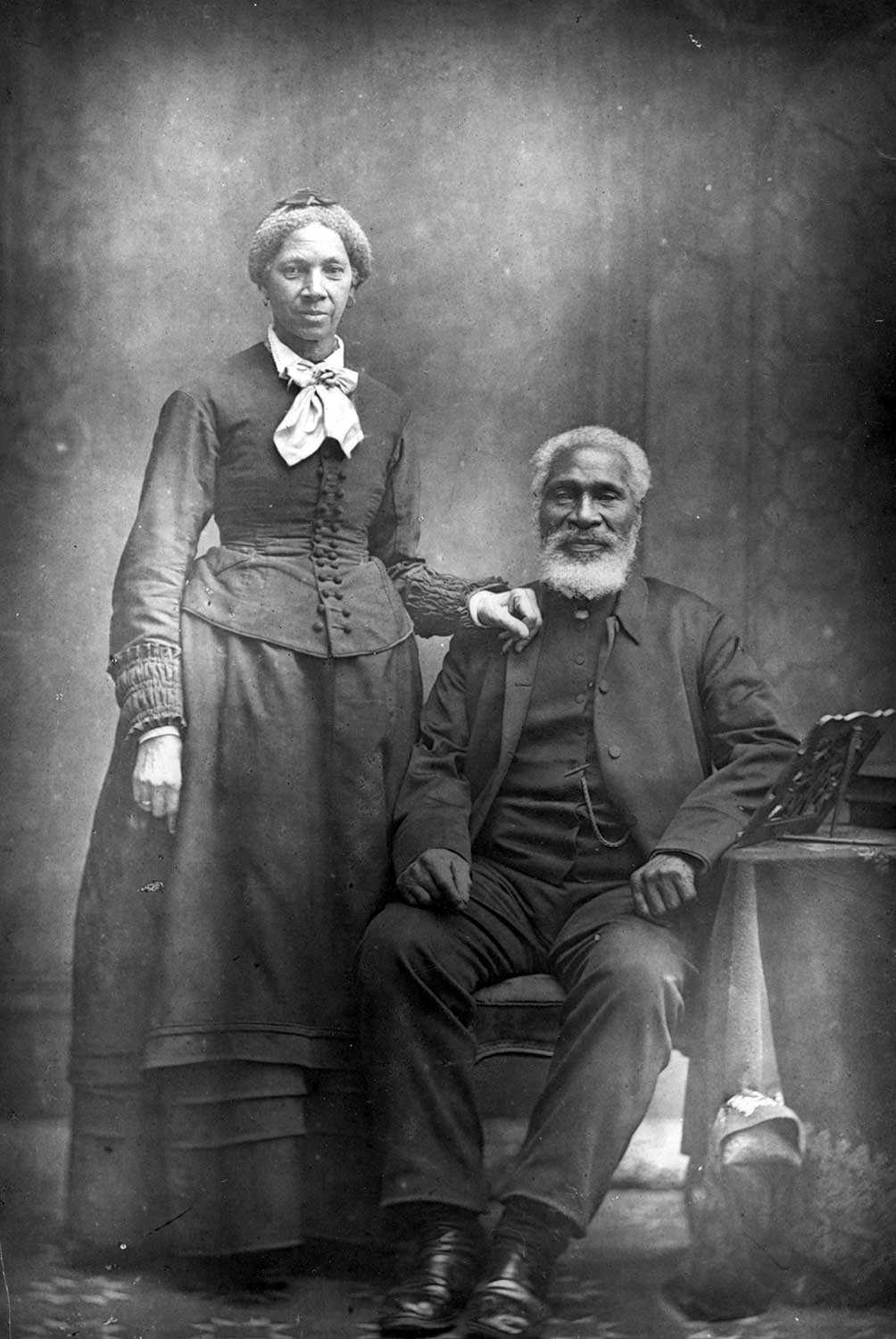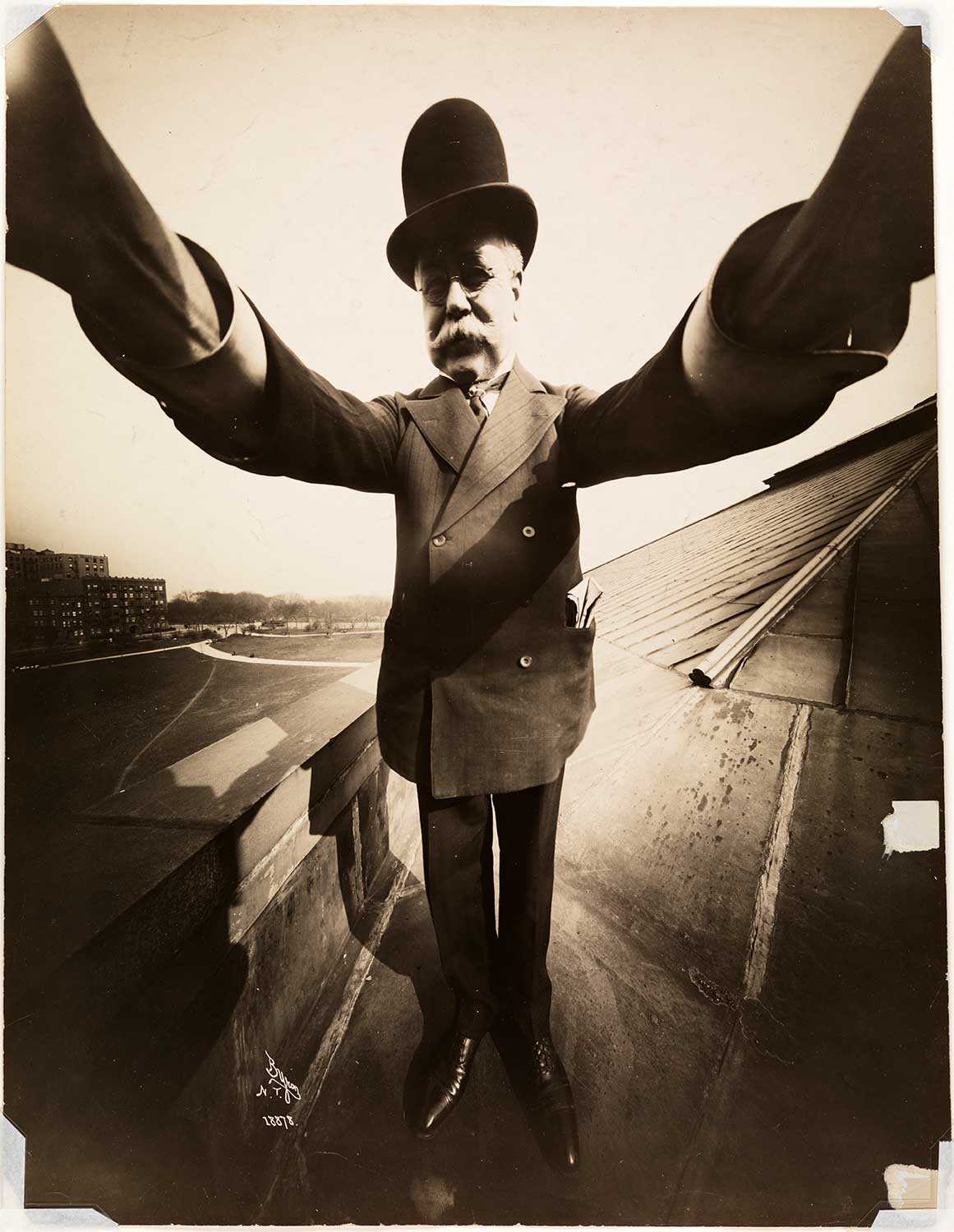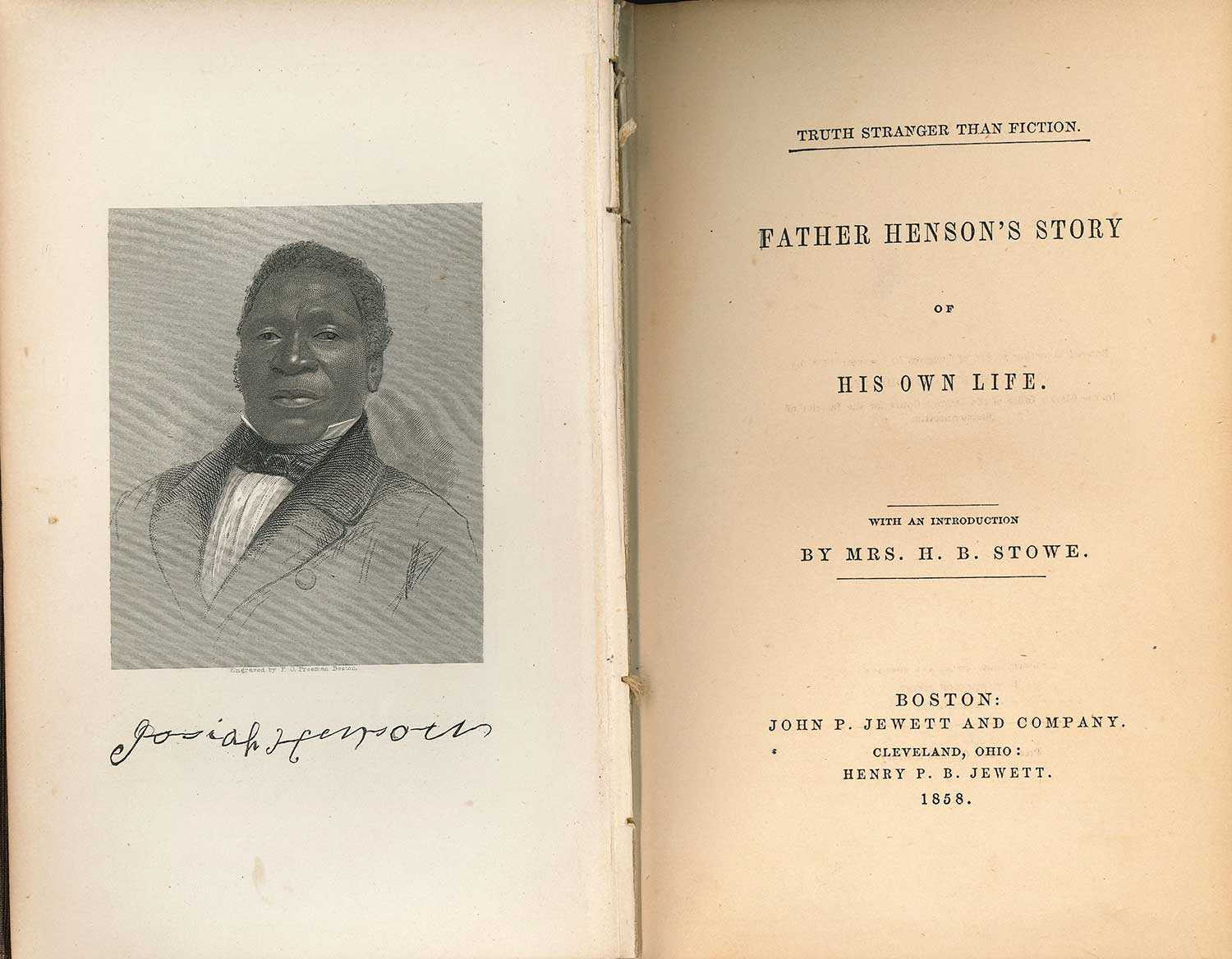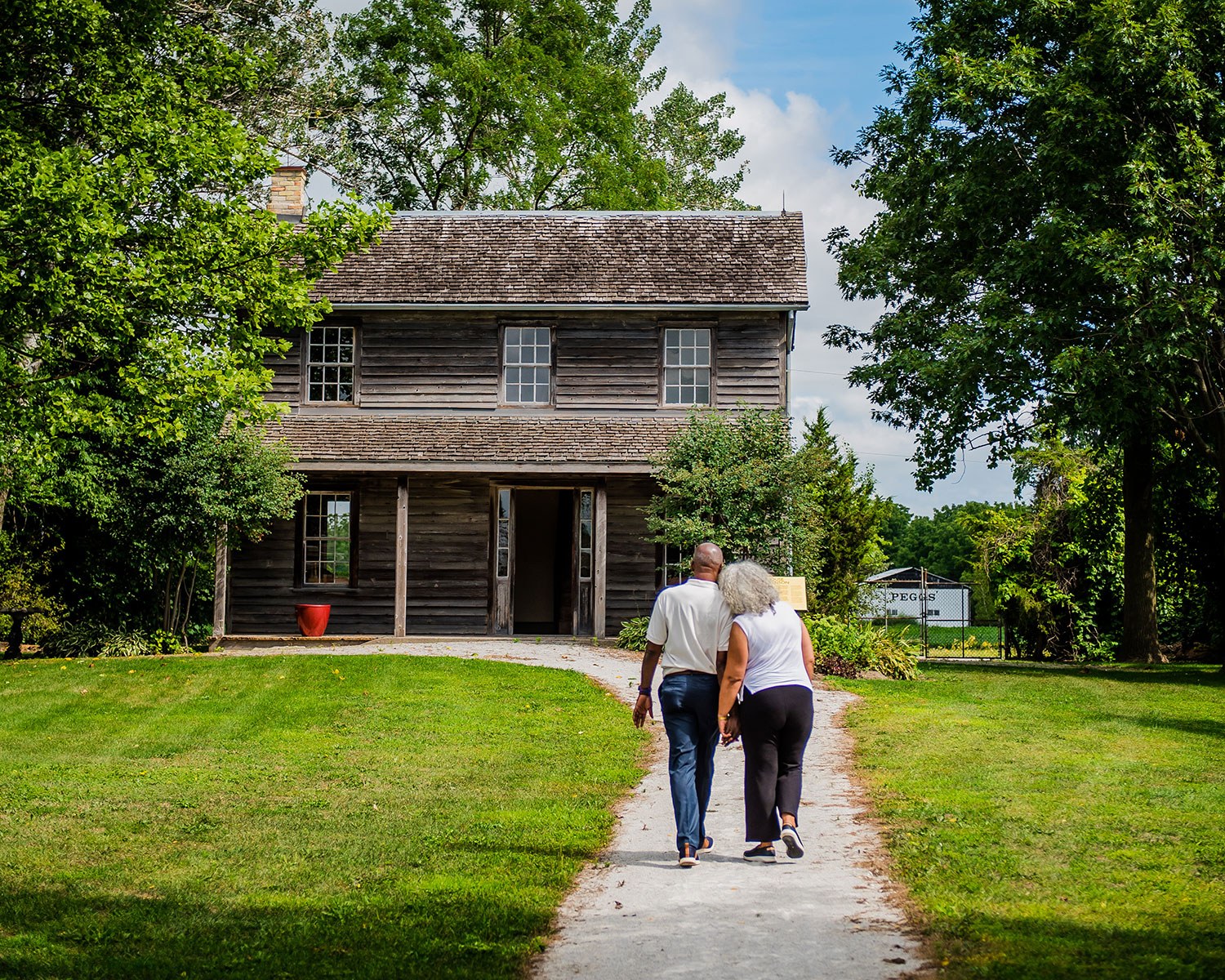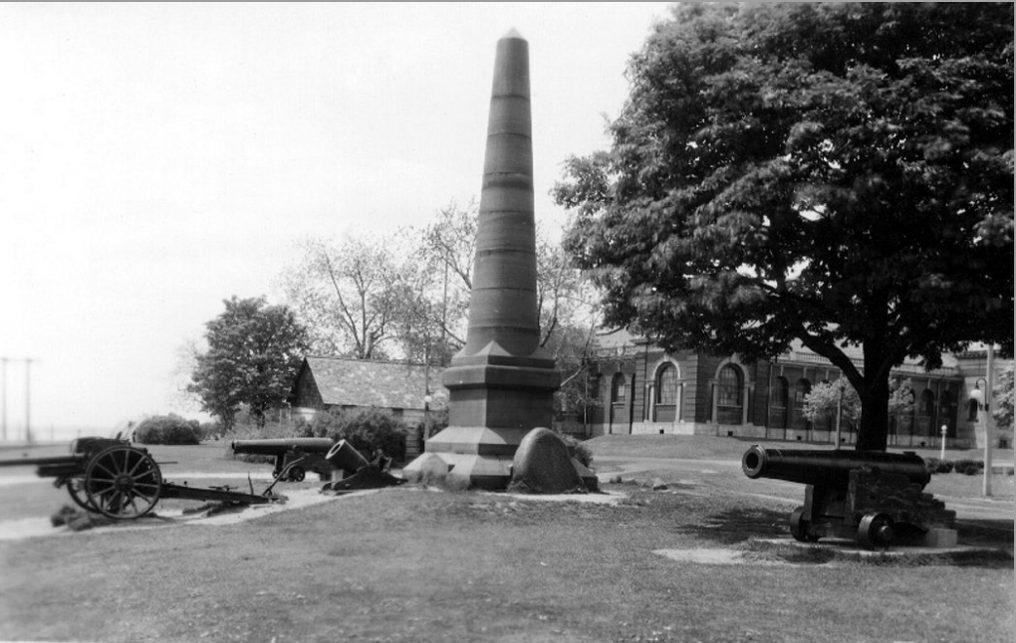Escape to Upper Canada
Henson first tried to buy his freedom in 1825. His owner, Isaac Riley, needed money, and sent Henson to escort a group of 18 enslaved persons to Kentucky. While in transit, the group could easily have escaped to Ohio and made themselves free, but Henson believed his owner's offer of manumission (ownership of himself). Consequently, he would not allow the escape and was later disappointed when he realized that his owner had no intention of giving him his freedom. He was taken, along with his wife and four children, to New Orleans, Louisiana, in 1829 to be sold. Henson and his family fled to Upper Canada, reaching the Niagara Peninsula on 28 October 1830.
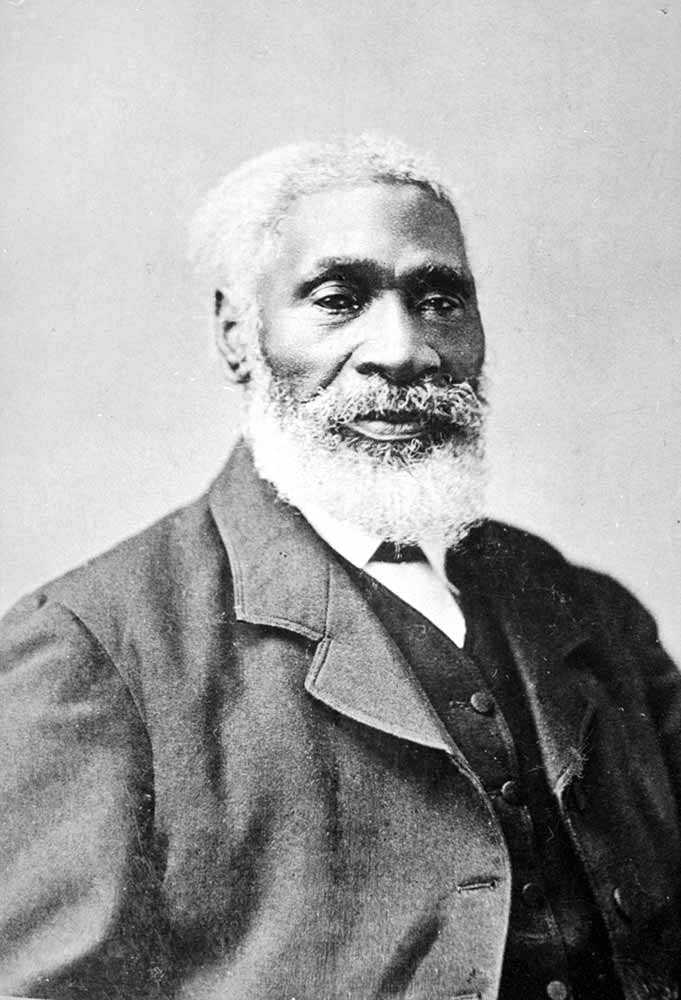
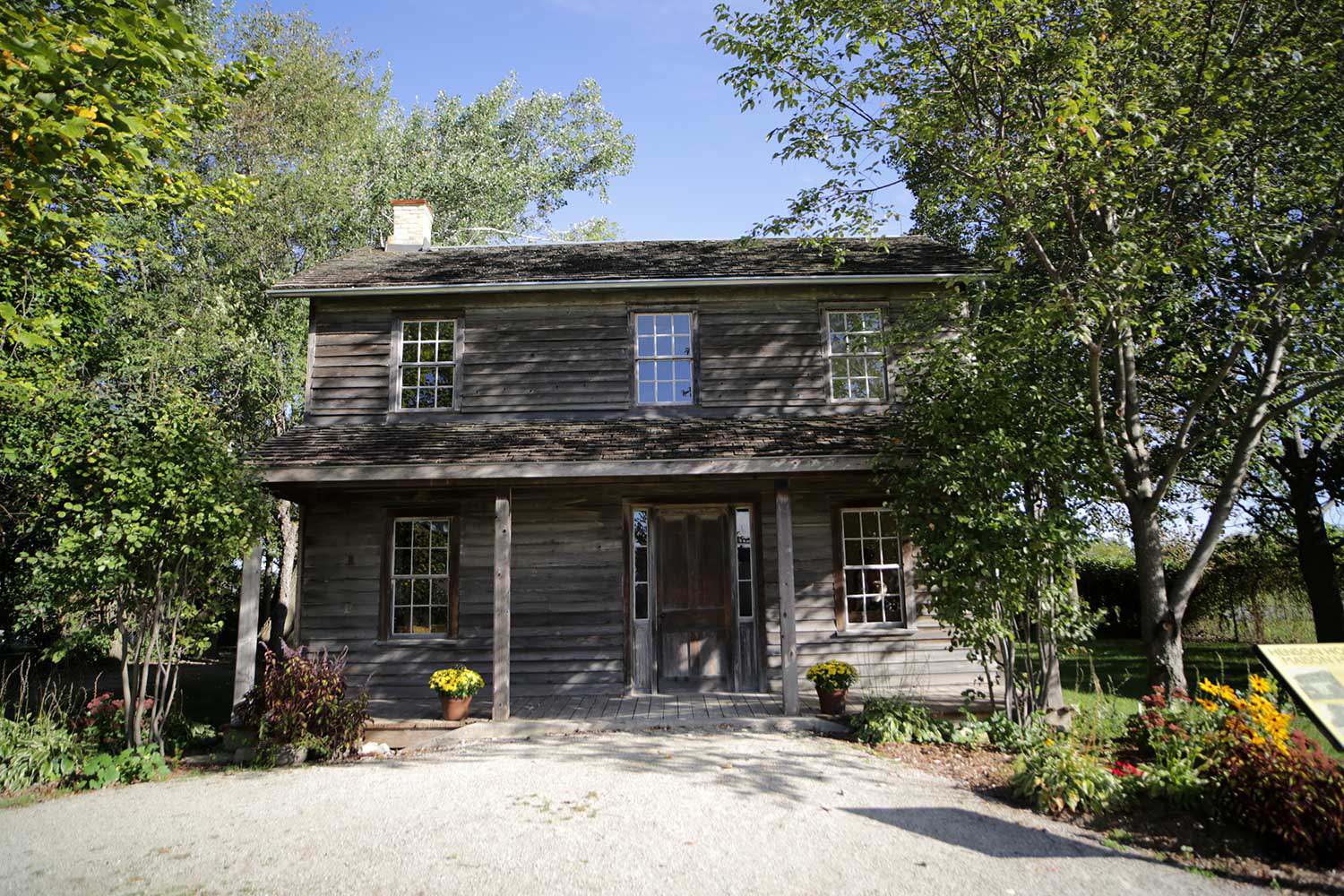
"Uncle Tom’s Cabin Historic Site in Dresden, Ontario, commemorates the life of Josiah Henson. He was a remarkable figure in Canadian history who lived throughout the peak of the slave trade."
The Dawn Settlement
Henson and his family settled near Dresden, Upper Canada. With his leadership skills, he was able to command the support of abolitionists who helped him create the Dawn Settlement, a place for refugees from enslavement to gain the education and skills necessary for self-sufficiency and self-determination. It was Henson's belief that Black persons needed to learn skills within their own community. In 1841, Henson and his partners purchased 200 acres of land, and in 1842, they established the British-American Institute. A central focus of the settlement, the school was created for students of all ages and was sustainably designed to train teachers while providing general education and trade-labour instruction to members of the community. The community of Dawn developed around the Institute, with many residents farming, attending the Institute, and working in sawmills, gristmills and in other local industries After the Emancipation Proclamation of 1863, some members of the community returned or moved to the United States, though many remained at Dawn.
Henson as Fictionalized Character
Henson’s autobiography The Life of Josiah Henson, Formerly a Slave, Now an Inhabitant of Canada (1849) was published in order to raise funds for the continuation of the Dawn Settlement. Many consider Henson’s autobiography to be the inspiration for the lead character in Harriet Beecher Stowe’s novel, Uncle Tom’s Cabin.
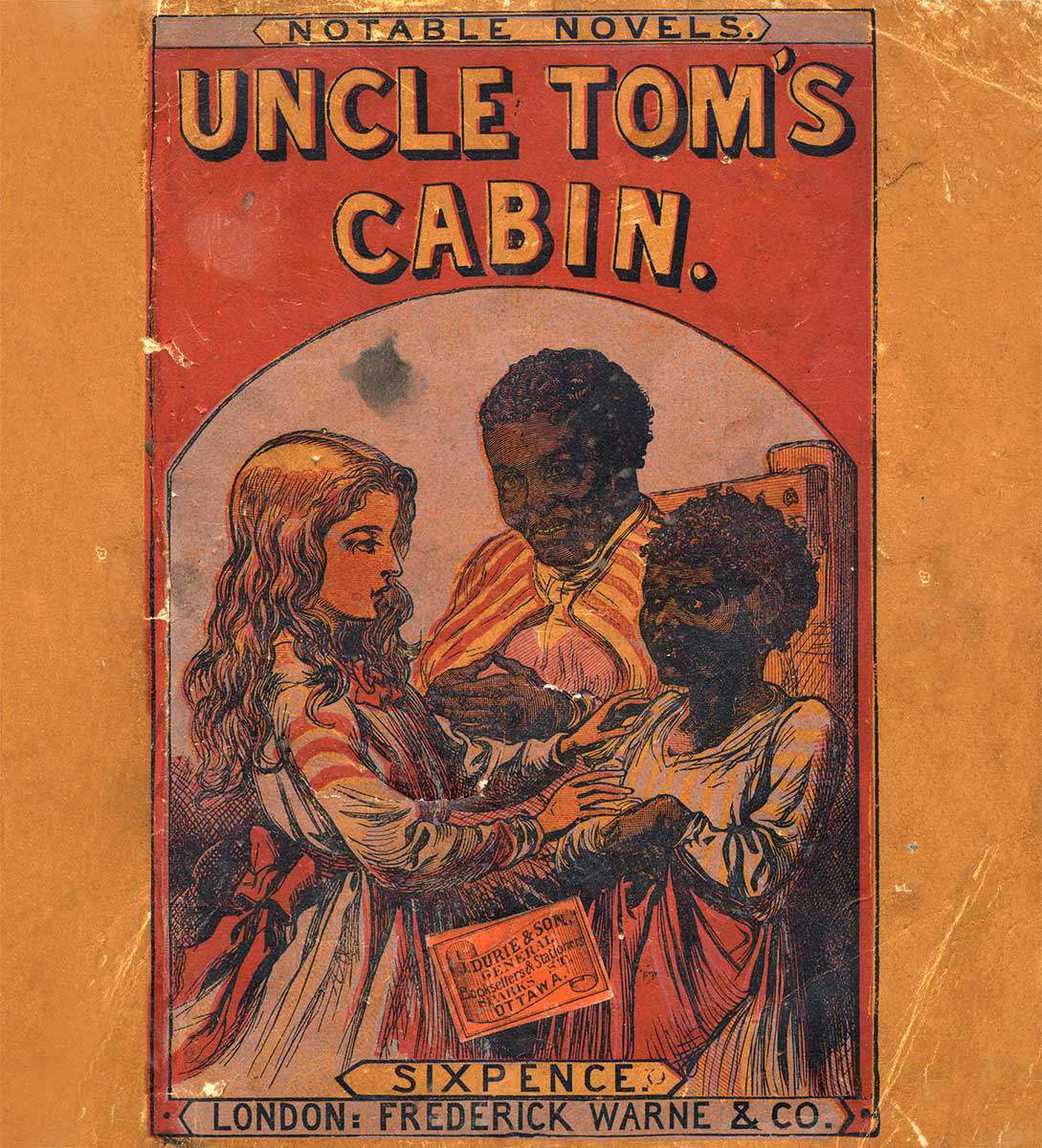
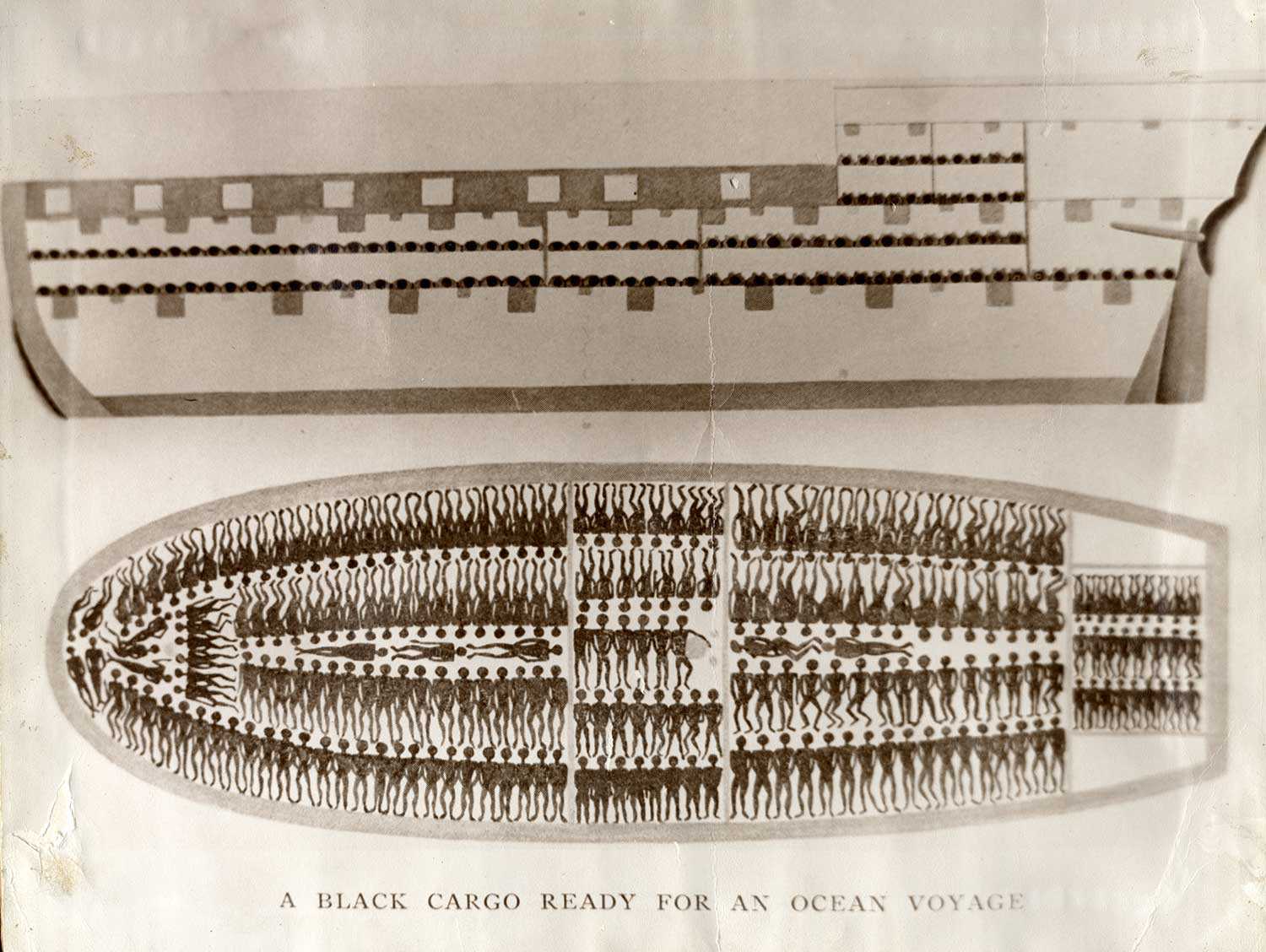
Entry 72340
Lorem ipsum dolor sit amet, consectetur adipiscing elit. Morbi eu erat in ipsum sollicitudin congue. Aliquam a sapien vitae erat dapibus vestibulum.
Swipe


